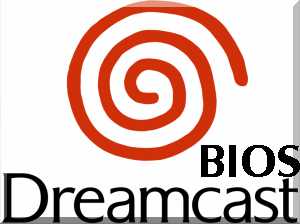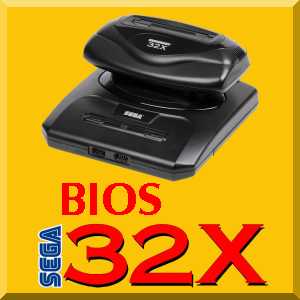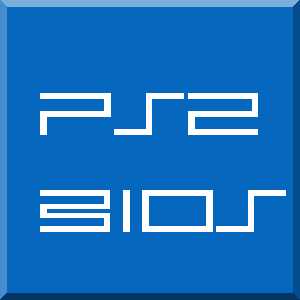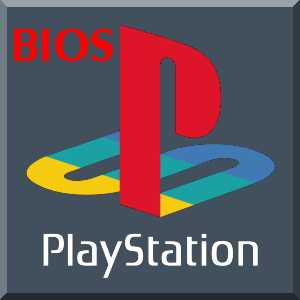
The Dreamcast[a] is a home video game console released by Sega on November 27, 1998 in Japan, September 9, 1999 in North America, and October 14, 1999 in Europe. It was the first in the sixth generation of video game consoles, preceding Sony’s PlayStation 2, Nintendo’s GameCube and Microsoft’s Xbox. The Dreamcast was Sega’s final home console, marking the end of the company’s 18 years in the console market.
In contrast to the expensive hardware of the unsuccessful Sega Saturn, the Dreamcast was designed to reduce costs with “off-the-shelf” components, including a Hitachi SH-4 CPU and an NEC PowerVR2 GPU. Released in Japan to a subdued reception, the Dreamcast enjoyed a successful U.S. launch backed by a large marketing campaign, but interest in the system steadily declined as Sony built hype for the upcoming PlayStation 2. Sales did not meet Sega’s expectations despite several price cuts, and the company continued to incur significant financial losses. After a change in leadership, Sega discontinued the Dreamcast on March 31, 2001, withdrawing from the console business and restructuring itself as a third-party publisher. 9.13 million Dreamcast units were sold worldwide.
Although the Dreamcast had a short lifespan and limited third-party support, reviewers have considered the console ahead of its time. Its library contains many games considered creative and innovative, including Crazy Taxi, Jet Set Radio and Shenmue, as well as high-quality ports from Sega’s NAOMI arcade system board. The Dreamcast was also the first console to include a built-in modem for Internet support and online play.

Download
Released in 1988, the Sega Genesis (known as the Sega Mega Drive in Japan, Europe and Brazil) was Sega’s entry into the fourth generation of video game consoles.[1] Selling 30.75 million units worldwide, the Genesis was the most successful console Sega ever released.[2] The successor to the Genesis, the Sega Saturn, was released in Japan in 1994.[3] The Saturn was a CD-ROM-based console that displayed both 2D and 3D computer graphics, but its complex dual-CPU architecture made it more difficult to program for than its chief competitor, the Sony PlayStation.[4] Although the Saturn debuted before the PlayStation in both Japan and the United States,[5][6] its surprise U.S. launch—which came four months earlier than originally scheduled[7][8][9]—was marred by a lack of distribution, which remained a continuing problem for the system.[10] Moreover, Sega’s early release was undermined by Sony’s simultaneous announcement that the PlayStation would retail for US$299—compared to the Saturn’s initial price of $399.[8][9][11] Nintendo’s long delay in releasing a competing 3D console and the damage done to Sega’s reputation by poorly supported add-ons for the Genesis (particularly the Sega 32X) allowed Sony to establish a foothold in the market. The PlayStation was immediately successful in the U.S., in part due to a massive advertising campaign and strong third-party support engendered by Sony’s excellent development tools and liberal $10 licensing fee.[9][13] Sony’s success was further aided by a price war in which Sega lowered the price of the Saturn from $399 to $299 and then from $299 to $199 in order to match the price of the PlayStation–even though Saturn hardware was more expensive to manufacture and the PlayStation enjoyed a larger software library.[5][11][14] Losses on the Saturn hardware[14] contributed to Sega’s financial problems, which saw the company’s revenue decline between 1992 and 1995 as part of an industry-wide slowdown. Furthermore, Sega’s focus on the Saturn over the Genesis prevented it from fully capitalizing on the continued strength of the 16-bit market
DreamCast-bios.rar





